Let me start with an apology! This blog post will have a significant amount of Bangla language in it. I wish I could translate all of them but that does not seem very probable! Also, I am not publishing any photographs of the kids. So where do we start?

“Which bird is that?”, asked my 9-year-old niece. I share a relationship of weird camaraderie with my niece. From being the first kid that I held with my hands to being someone with who I now confide in random secrets, our relationship has come a long way. She was allowed to spend some time with me after I submitted my Master’s Thesis. I treated her sometimes like a baby human, sometimes like a golden retriever, and at times leave her with things to see what she does. But the most fascinating time was spent noticing her make things out of paper, white cement, and balloons and talking about birds!
“Red-vented bulbul. Look at the ass. It is red. Thus, Red-vented, and it is Bulbul. Look at the ‘mathar jhuti’ ”, I instructed her. “Hya (yes)”. “Do you know what it is called in Bangla?” “No. What is it called?” “Hey, we listened to that song right? Bageechaye bulbuli tui… phool shakhate, dishne aaji dol? (link) This is Bulbuli in Bangla.” “Ooooo”. “Do you know who wrote that song?” “Kaji Najrul Islam?” “Good girl! Here’s your chocolate!”
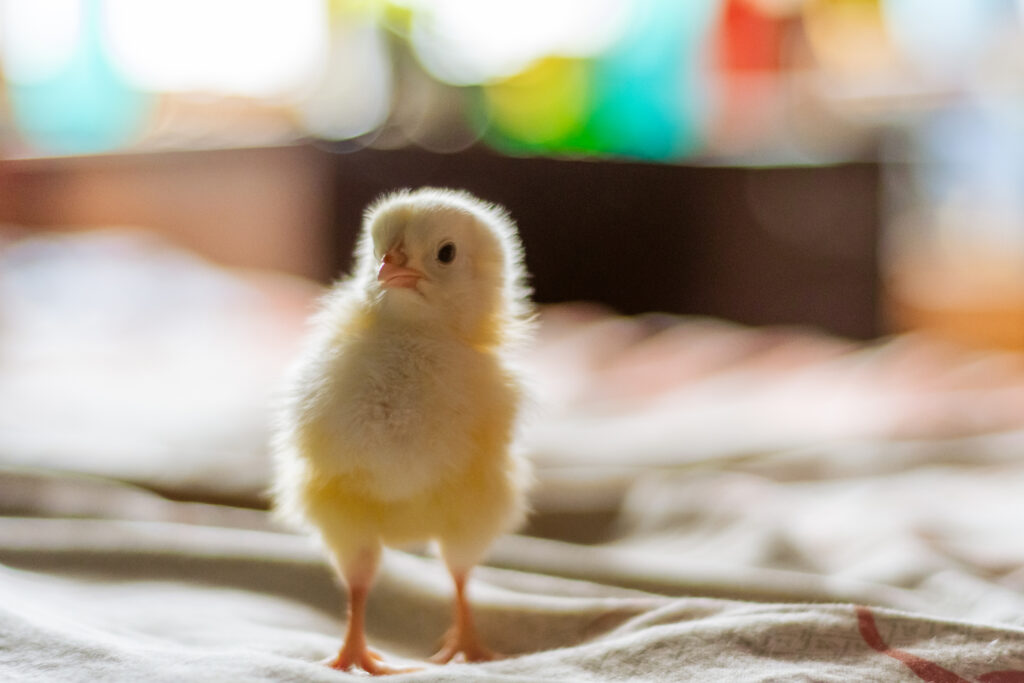
“The chicken is so cute!” “Chicken is also a bird. You know that right?” I could see her nostrils flare but she did not really chide me. “So… if you like watching birds, we could come to the terrace tomorrow as well. But I would give you homework. Would you do it?” “Okay!”
This is when we discovered the Bengali names of the birds. Honestly, I had very little idea about the Bengali names and I must admit, some of them are just funny! “Mama, why is this bird called ‘Bou kotha kawo’ ?” “I have no idea…. Someone had a grumpy wife I guess!”
I must say that it was fun knowing the Bengali names of some of the birds (link)… Rufous Treepie is called “Hari-chacha”; in case you misread this, “Hari” is not God Vishnu and “Chacha” is not Uncle in Hindi. In Bangla, it means the one who scrapes to the bottom of a vessel. The term is just killed in translation.
The next day, early in the morning, Kapu and I carefully tiptoed out of the home. The idea was to see Kingfisher, which we didn’t because she saw street dogs and almost climbed up my head. Alas, my head isn’t big enough. I could drag her across the dog zone and we heard some birds chirping. I used the BirdNet app (link) to figure out that it is the Coppersmith Barbet. I asked her, “Kapu, what’s this called in Bangla?” “Boshonto-Bouri” “Good girl! Here take chocolate!”
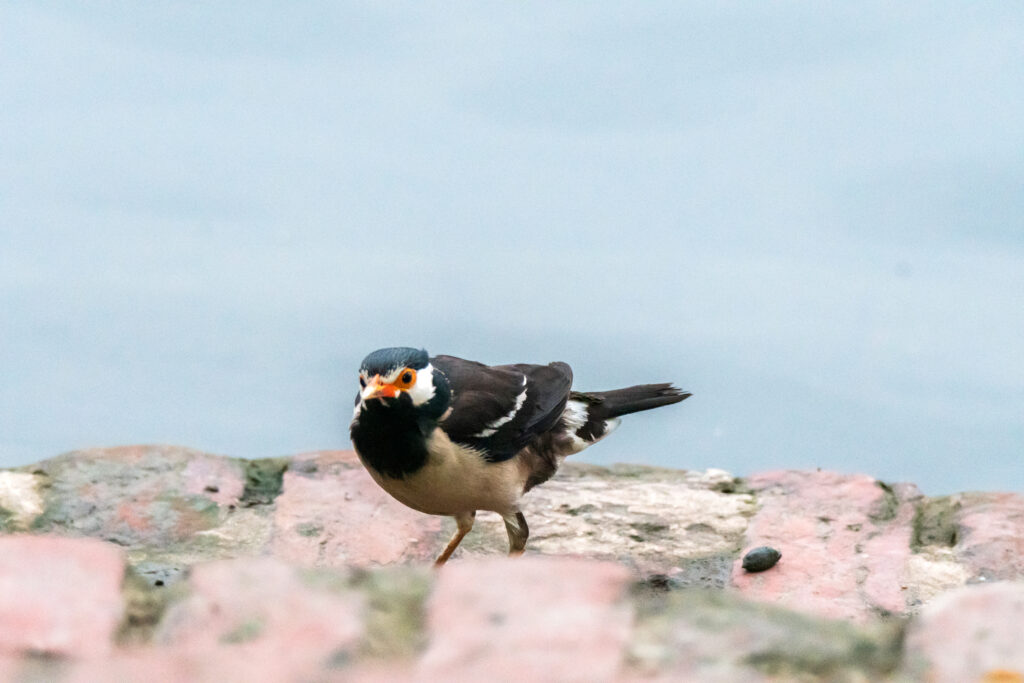
The time spent with Kapu on the terrace is special. I made her climb up and down the stairs, because why not? A small tiny human being with a chicken in her hands jumping around is cute. We got the mat, a sound box, the chicken, my camera and lens and chilled on the terrace. While I laid down because I did not see any new birds, the chick chased ants and Kapu chased the chick. It was wholesome.
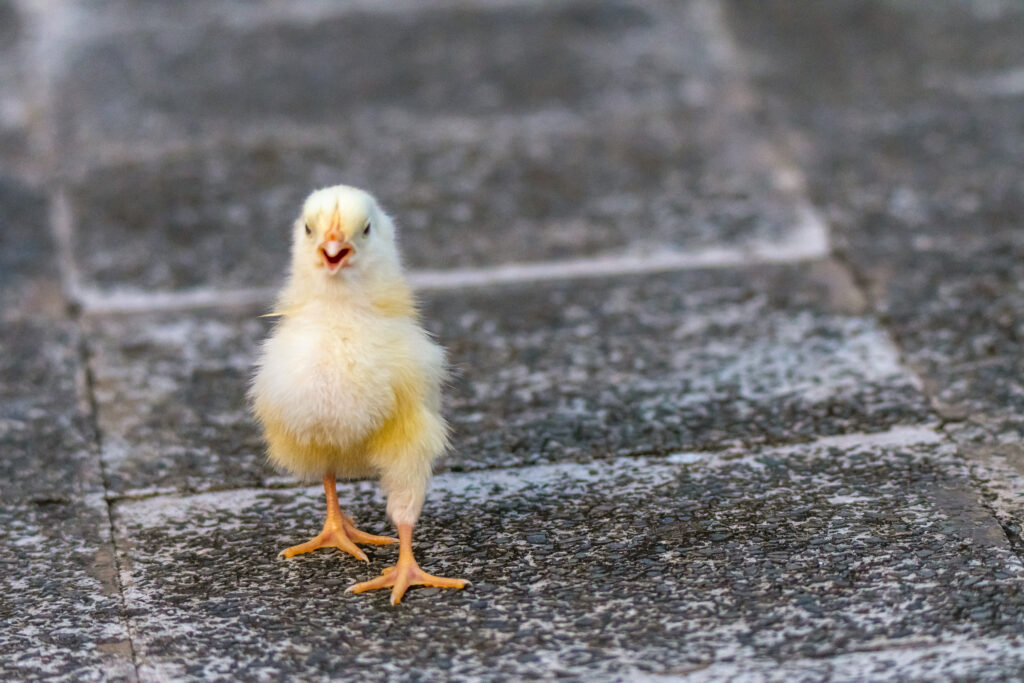
“Kapu, come here, let me bore you with random shit. Do you know about eBirds (link)?” “What? No.” It is then that I saw a Green Pigeon fly from one side of my apartment to the other. This wasn’t the juvenile I saw a couple of weeks back. This was pretty well grown and most probably Yellow-Footed. I played the call of Yellow-footed Green Pigeon but it did not come back. It is not a good practice to do it and if you are reading this, you probably shouldn’t. But to tell Kapu about bird calls and bird songs, I played the bird call for White Throated Kingfisher. I knew they were around somewhere and most probably would appear. They did.
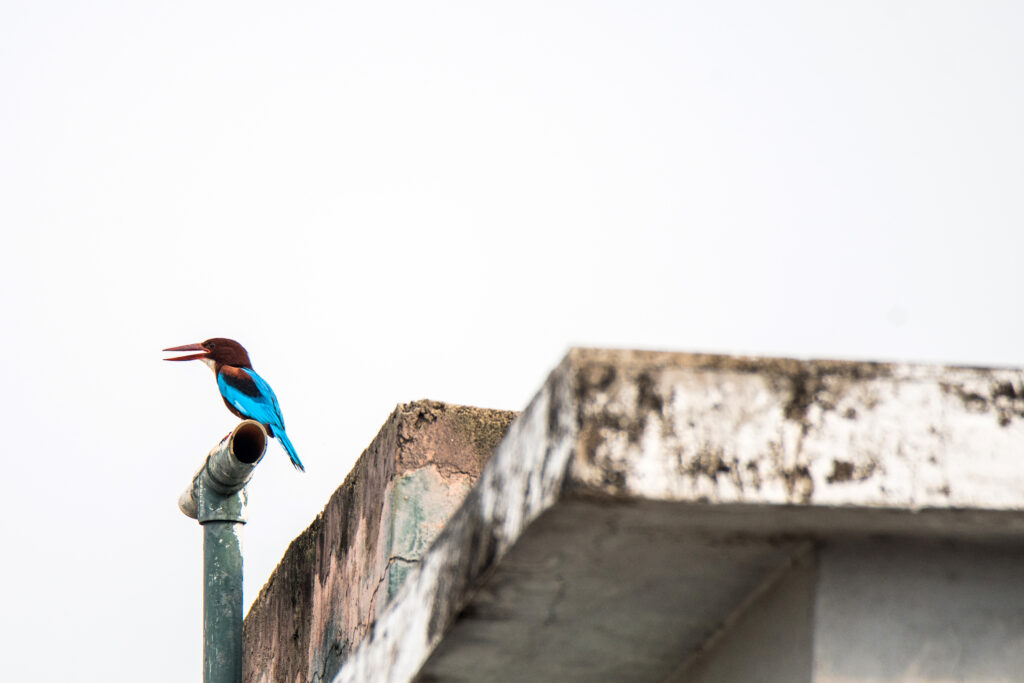
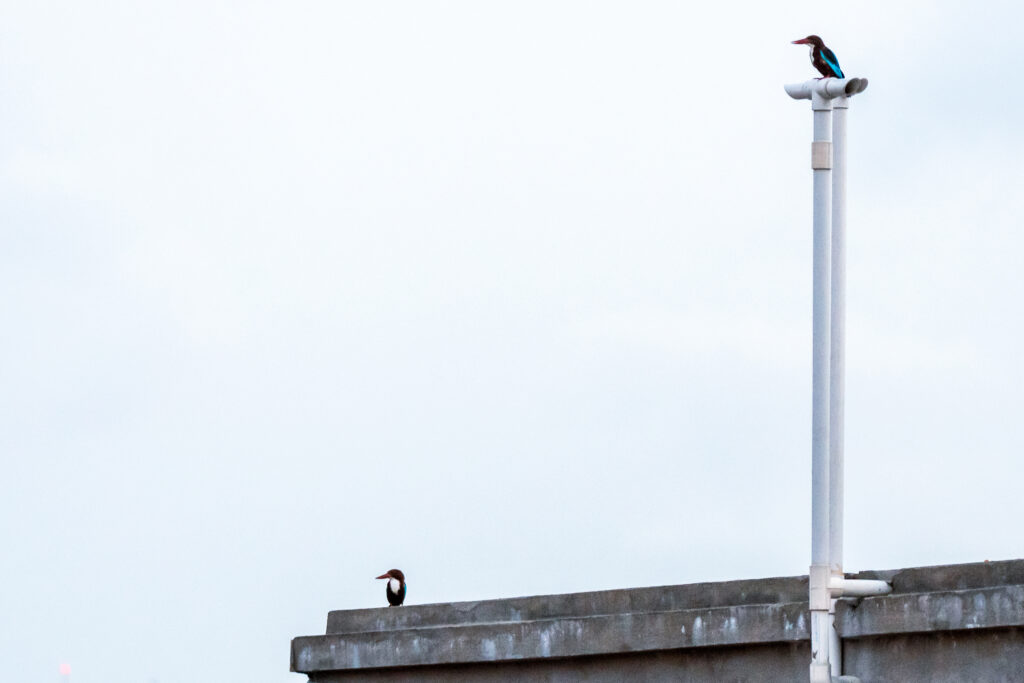
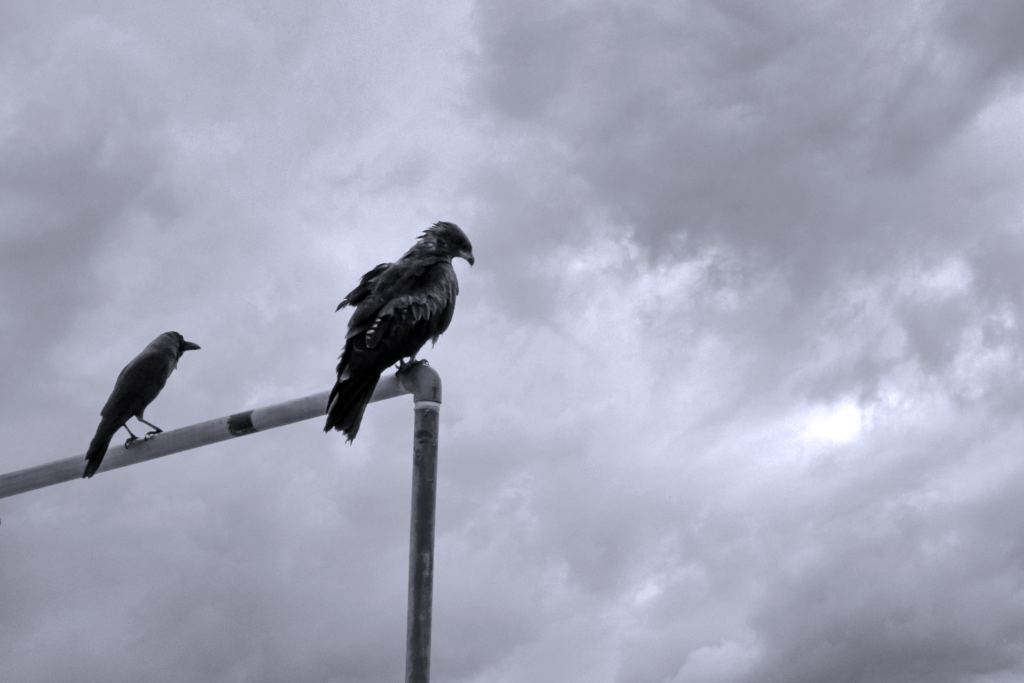
“Mama, I can hear a bird. What is it?” “Purple Sunbird”. “Where is it?” It was difficult I must say but I tried, “See, in the next to next apartment there are iron bars? Between the two iron bars, there is something really small moving. That’s the bird!” “Yes, I can see.” “Seriously? Damn neat”
“Birds are integral to all human cultures. Do you know that India was the first to domesticate hen?” “To eat? It is tasty!”. We chuckled and I decided to bore her more. “You would also find birds in local folklore… like White Storks are supposed to deliver children in Europe (link) or Black-hooded Crow flying far off across a sea meant a girl would get a really good husband /foreigner in Scotland (link). In Bengal, you would see Common Mynah in Alpona and tribals drawing the bird. Similarly, in Hinduism, you see birds as vehicles for Gods and Goddesses… Lakkhi Pecha (Barn Owl) for Goddess Lakshmi, Swan for Goddess Saraswati. Do you know what Garuda probably is?” “Vulture? Eagle? Kite?” “Brahminy Kite (link). I’ll show you pictures of it.”
“Mama, is it another kind of Cheel?” There is an old Black Kite that probably has a home two buildings away. It rests there, walks around and I could show it to Kapu easily. She remembered that Kite is “Cheel”. “Honestly, I do not know… but must be similar. They hunt!”
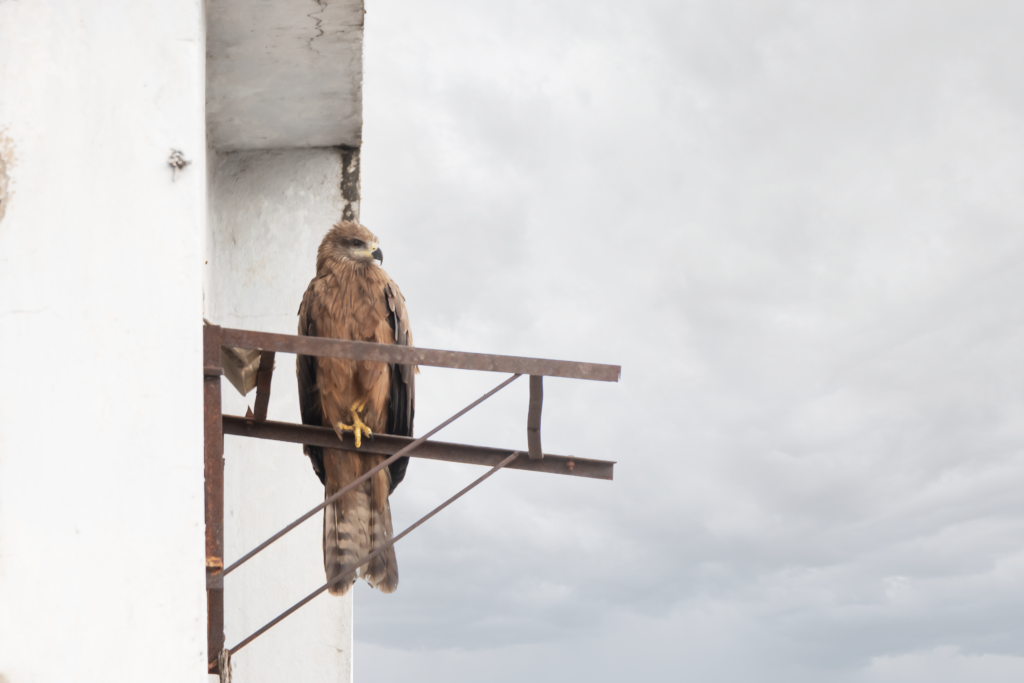
In one of the evenings, I played Anuseh Anadil’s “Khachar Pakhi chilo…” (link). I am not sure how much of the philosophy she grasped but when I tried drawing a Shantiniketani Alpona on a earthen cup, she asked, “Which bird is this? Bulbuli?” “Why would you say that?” “See, mathaye jhuti ache…!” “Kakatua’ro jhuti ache..” “Kakatua ki?” “Did you not listen to lal-jhuti-kakatua dhoreche je bayena… ?” “Oh yes”. While that led to another conversation I kept wondering if we could, in our traditional art forms, differentiate between different birds. That’s a thought for another blog post.
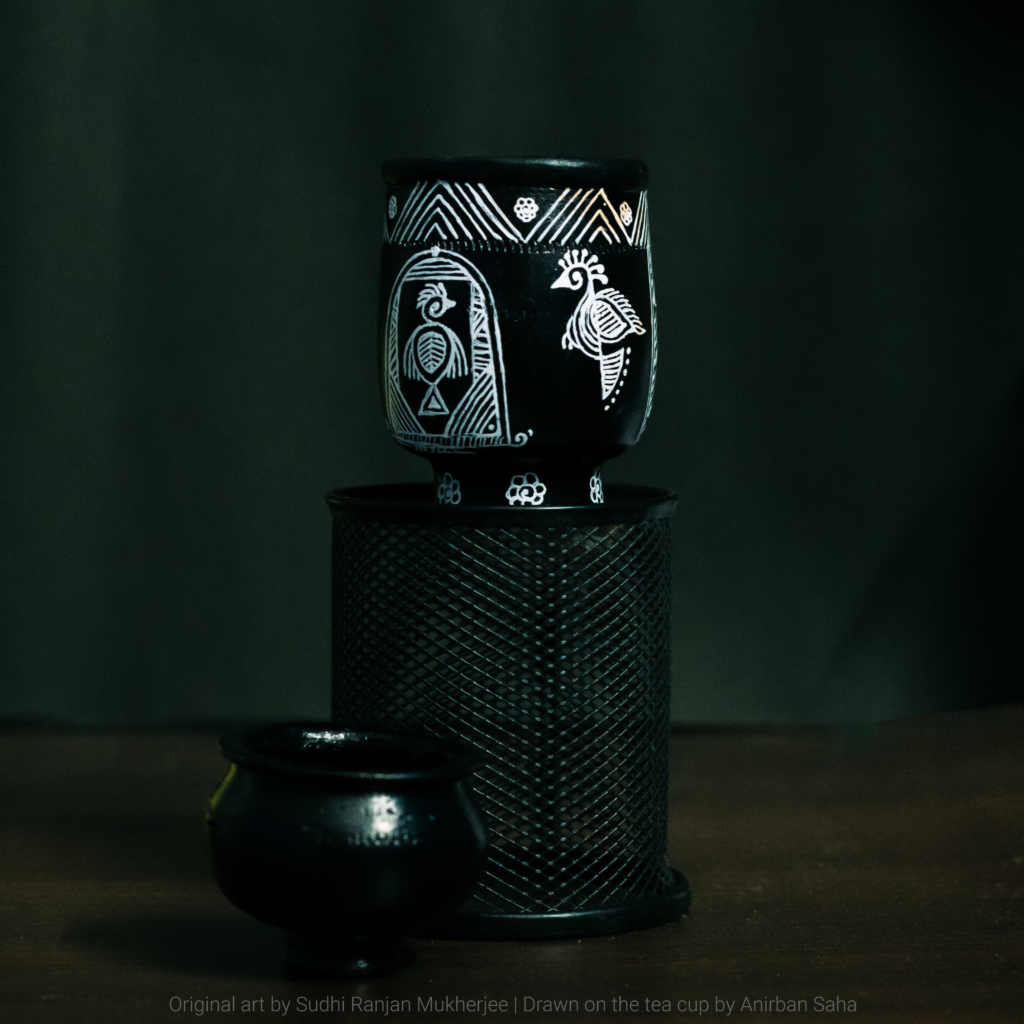
It is just not my niece who, when initiated to birding, remembers birds and hopefully finds it interesting. When I met Diptee di’s 11-year-old son R and found absolutely nothing to talk about, I asked him about his hobbies. He quickly responded, “Bird watching” and sighed in despair that he does not find many people to discuss it with. We struck a friendship there! He has a book to identify birds that can be found in India. He has a keen sense of observation and is a treat to discuss birds with. While R is privileged to explore birding, not many kids are. For a year and a half before leaving for Germany, I taught photography in a top-tier girls’ school in Calcutta. Now with all the kids growing up, very few remember me and follow me on Instagram. One such girl, S, is really not allowed by her parents to go out and see birds. She watches birds that come close to her window and enjoys it. She happens to be in my locality, very very close to my home.
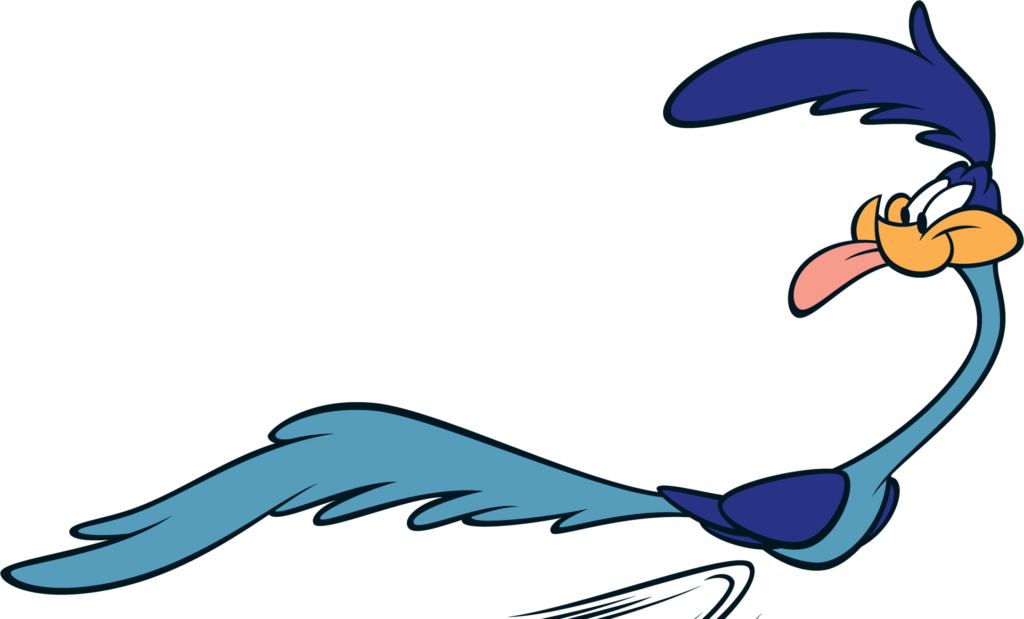
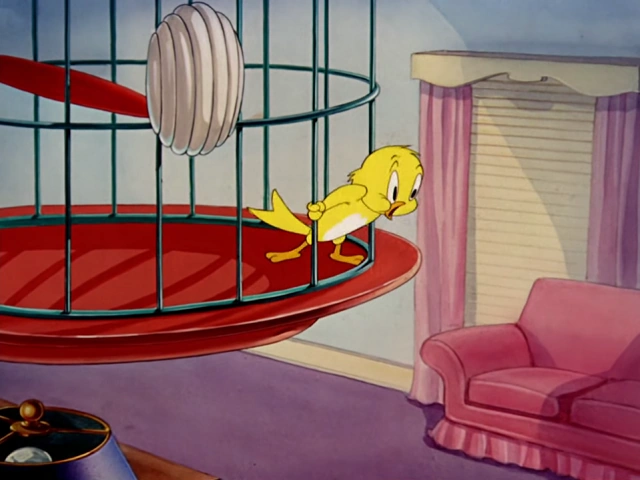
My intuition says children should find birds interesting. Come on, they fly! They are feathery, funny, and at times stupid. Even the cartoon roadrunner is cute and looks like an Ostrich (but it isn’t, apparently it is a Cuckoo (link)!). I saw a cute bird in Tom and Jerry! I had no clue about what bird that could be till I searched on the internet. Turns out, its name is Cuckoo but it is a Canary (link)! Birds are everywhere! They are so fundamental to our culture that we in our veil of ignorance just don’t realize or appreciate; in songs, poems, cartoons, folk art, modern art… everywhere. But still, how many times did you hear someone say, “You will find only crows here”?
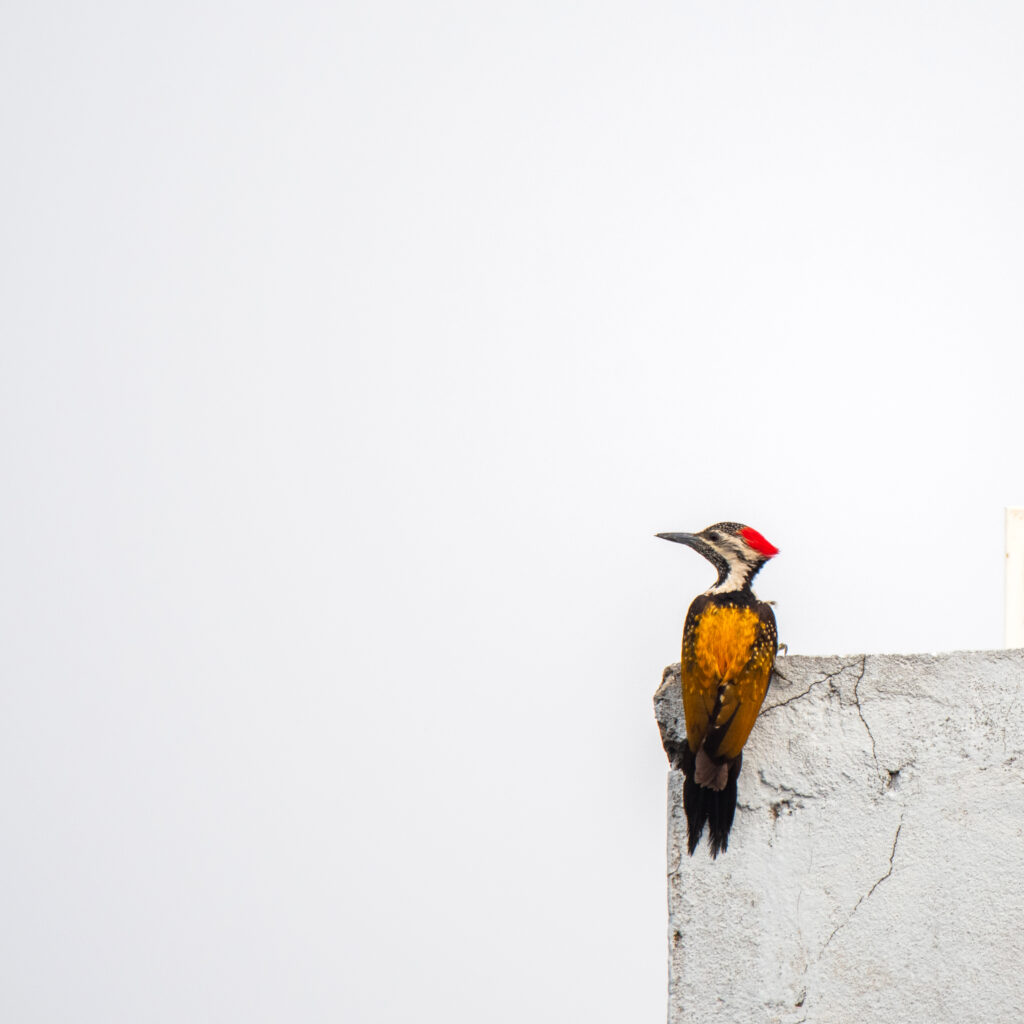
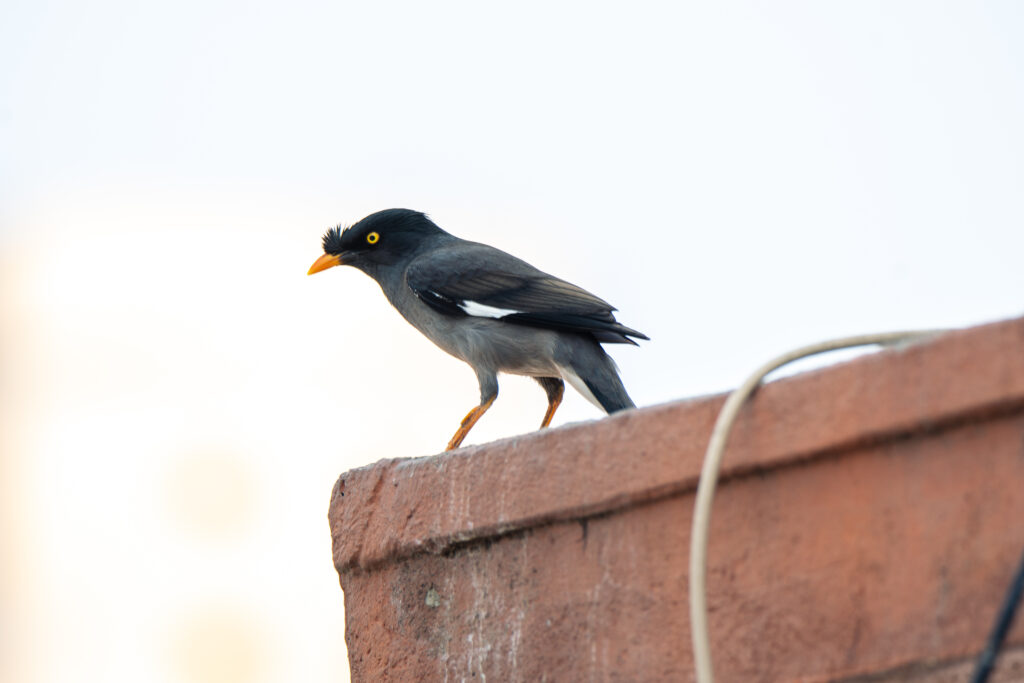
A couple of days later, we again went up to the terrace. I laid on the mat again, lazy to even look after the chick. I asked Kapu, “There is a red speck, two buildings away. What is it re?” “Black-rumped flame back?” “Right above our head… What’s that?” “Jungle Mynah” “What is it in Bangla?” “Jhuti-shaalik” “Ei je Payra ta… what kind of Pigeon is this?” “Rock Pigeon or Gola Payra”… “Let’s see if you can spot a small bird.”
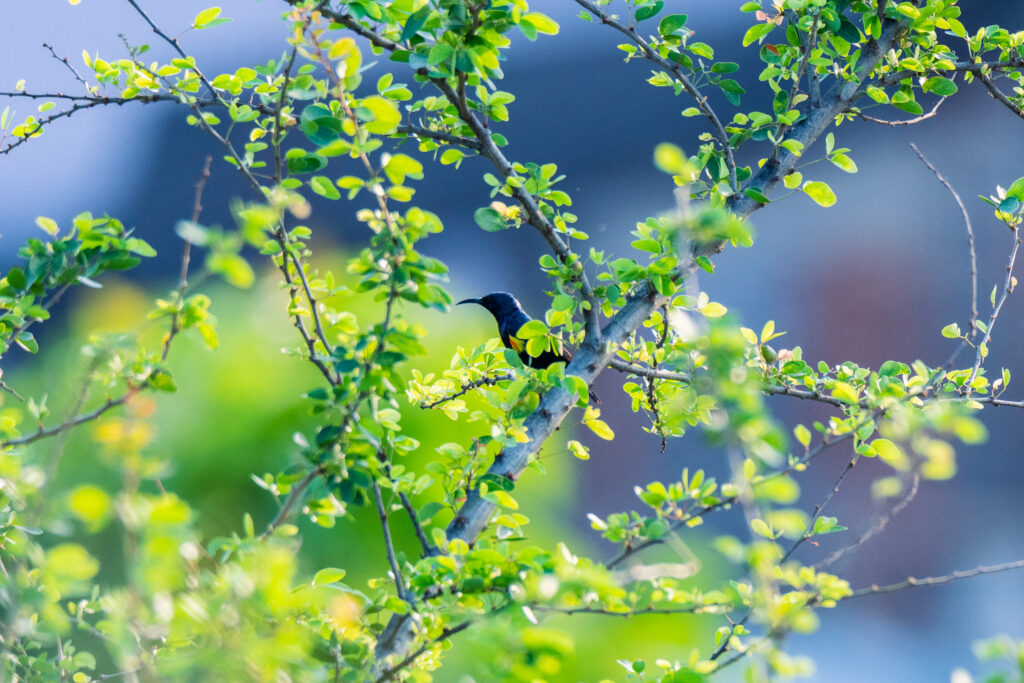
“Mama, look there is a small blue bird that shines under the sun. Isn’t it the Purple Sunbird?” “And in Bangla, what do we call it?” “Durga tuntuni!” “Shabbash, your chocolate is in the fridge!”
